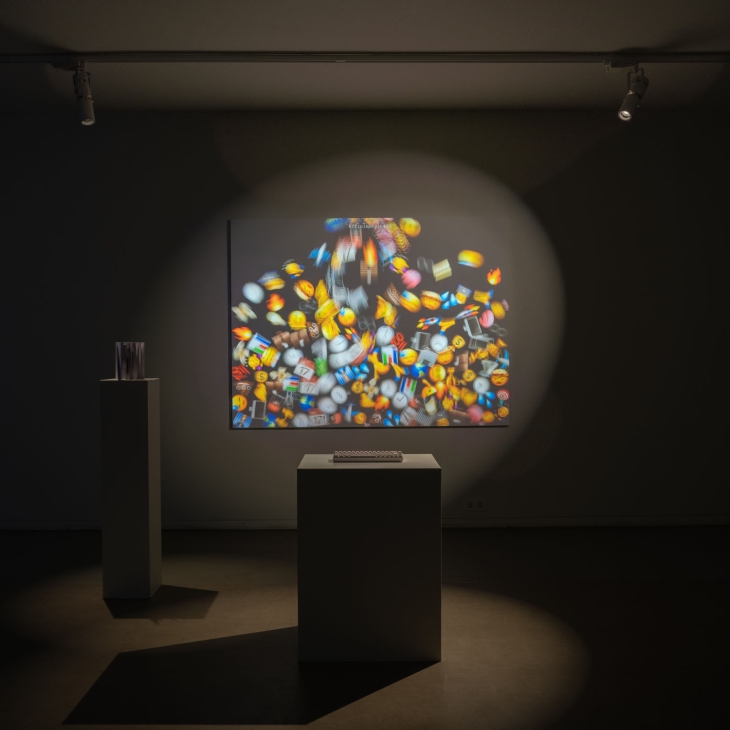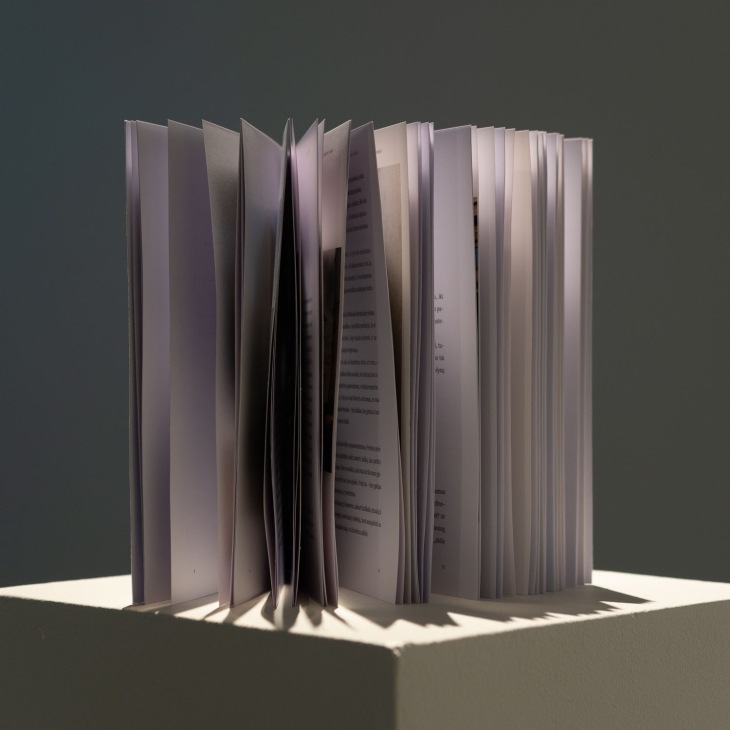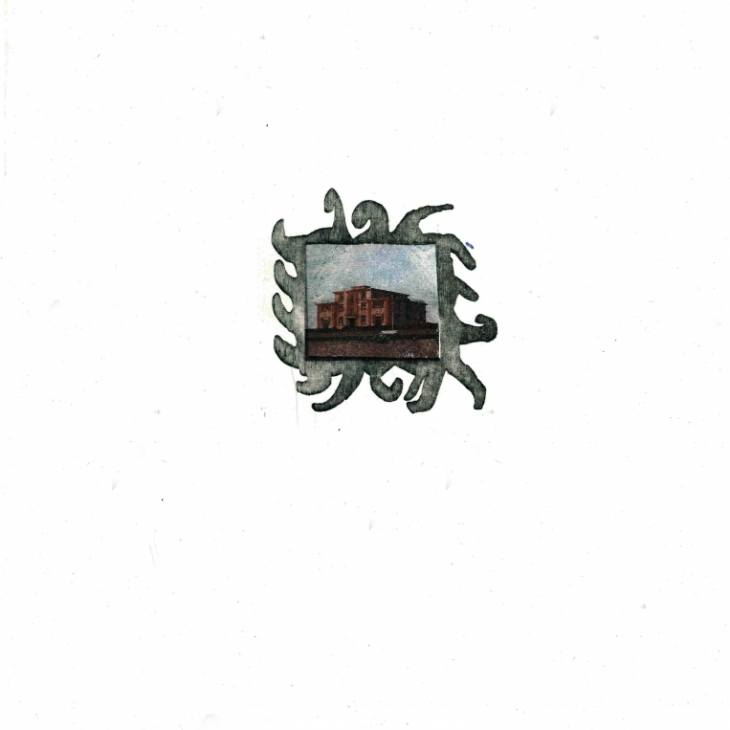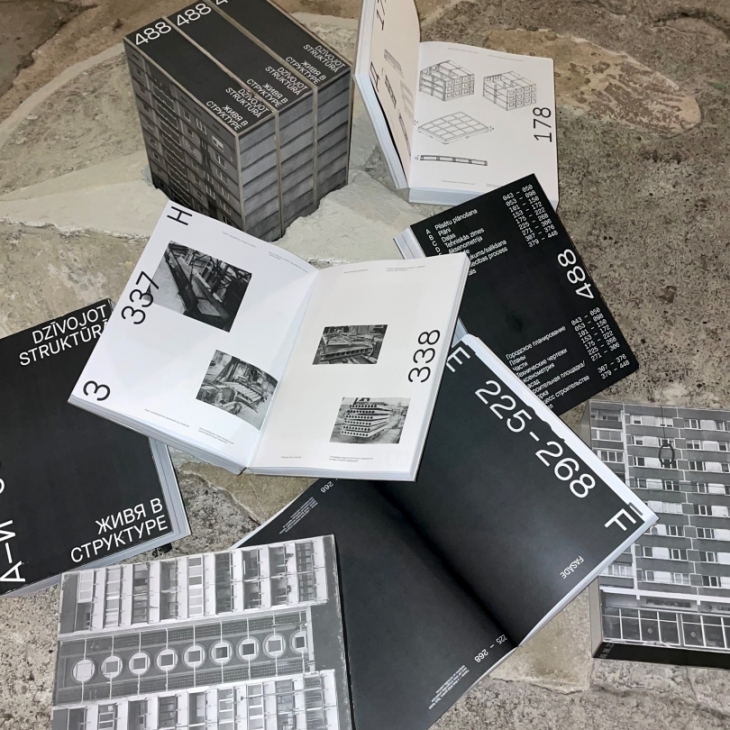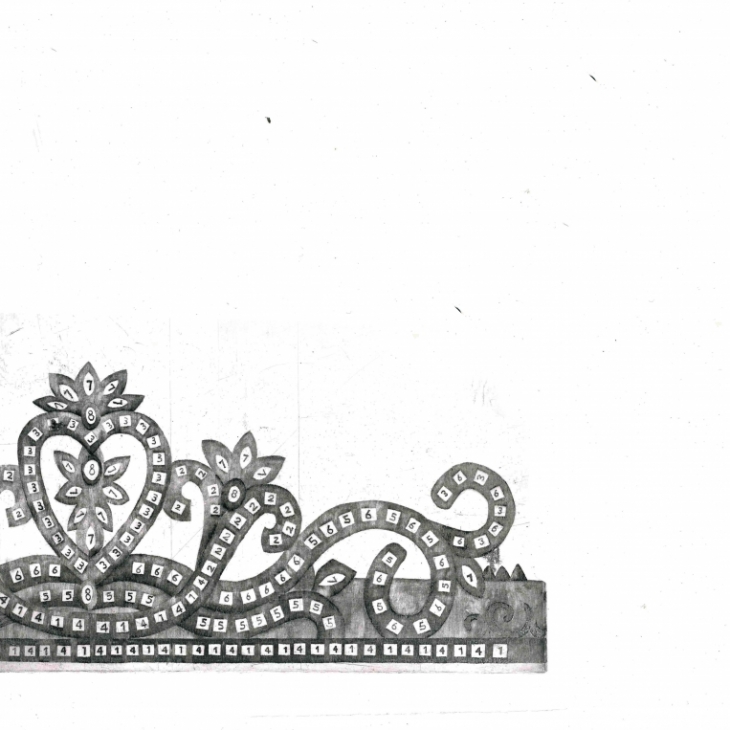The Return of The Beautiful, 2025
Book “The Return of The Beautiful” – a printed version of the written work, transformed into a publication format. More space is given between the script’s dialogue and visuals. The book is printed on photo paper and hand-bound by the artist.
Summary
The Return of the Beautiful is a transcript of a dialogue between a human (marked as “i”) and an artificial intelligence model (marked as “ai”). It is an intimate conversation that explores the notion of beauty in contemporary society—particularly its relationship to unbeauty, commerce, and control.
The dramaturgical axis of this autoethnographic piece lies in (i)’s searchings, doubts, and expectations related to artistic research—its theme and form. (i) seeks direction, proposes various ideas (photography, installations, performances, texts), and fights with internal contradictions, the influence of consumer culture, and the fear of being misunderstood or not original enough.
(ai) functions as a guide, a mentor, a simulation of a sociology professor, or simply an intelligent conversational partner. She helps (i) structure thoughts, offers theoretical contexts, poses questions, encourages reflection, and sometimes suggests specific directions for development or even creative forms of expression.
The text unfolds around several key themes—
Beauty vs. Unbeauty: It questions whether beauty has become a tool of control—especially in a capitalist system where everything is commodified. It considers whether true beauty might actually lie in unbeauty, imperfection, boredom, or the unnoticed details of everyday.
Commerce and Consumption: There is a sharp critique of how consumer culture flattens the experience of beauty, turning it into an easily consumed but empty product. Shopping malls are compared to temples; brands become a kind of ideology. The system is examined as one that traps people in an endless cycle of success, visibility, and validation.
Artistic Research and Process: (i) proposes various artistic ideas—photographing “worthless” objects using slow and expensive techniques; 3D-scanning his own body as an object; composing “consumerist prayers”; erasing brands from shopping malls to give them new meaning. (ai) helps connect, refine, and deepen these ideas, emphasizing the importance of process over result. It offers emotional support and encourages staying with chaos and uncertainty.
Personal Insecurity and Recognition: (i) repeatedly returns to the feeling of not being enough—the fear that his ideas are unoriginal, the fear of criticism or not being understood, the desire for validation. This struggle with the inner critic and external judgment becomes not a blockage, but a core part of the research. (ai) suggests embracing it and even incorporating it into the creative process.
This text is a non-linear, living documentation of a creative and intellectual search, interweaving personal experience, introspection, artistic intent, semantic tensions, and social critique. Throughout the conversation, theoretical reflections are interwoven with concrete artistic gestures and emotional states. Though (i) sometimes feels stuck, the dialogue helps clarify questions and find direction—not by reaching a definitive answer to what beauty is, but by examining the very mechanism of how it operates as a form of control. It opens the possibility of experiencing beauty authentically, outside of the system—through attention to what is uncomfortable, boring, or simply there.

